Home>Health & Lifestyle>Air Quality & Filtration>What Is A Reverse Osmosis Water Filtration System
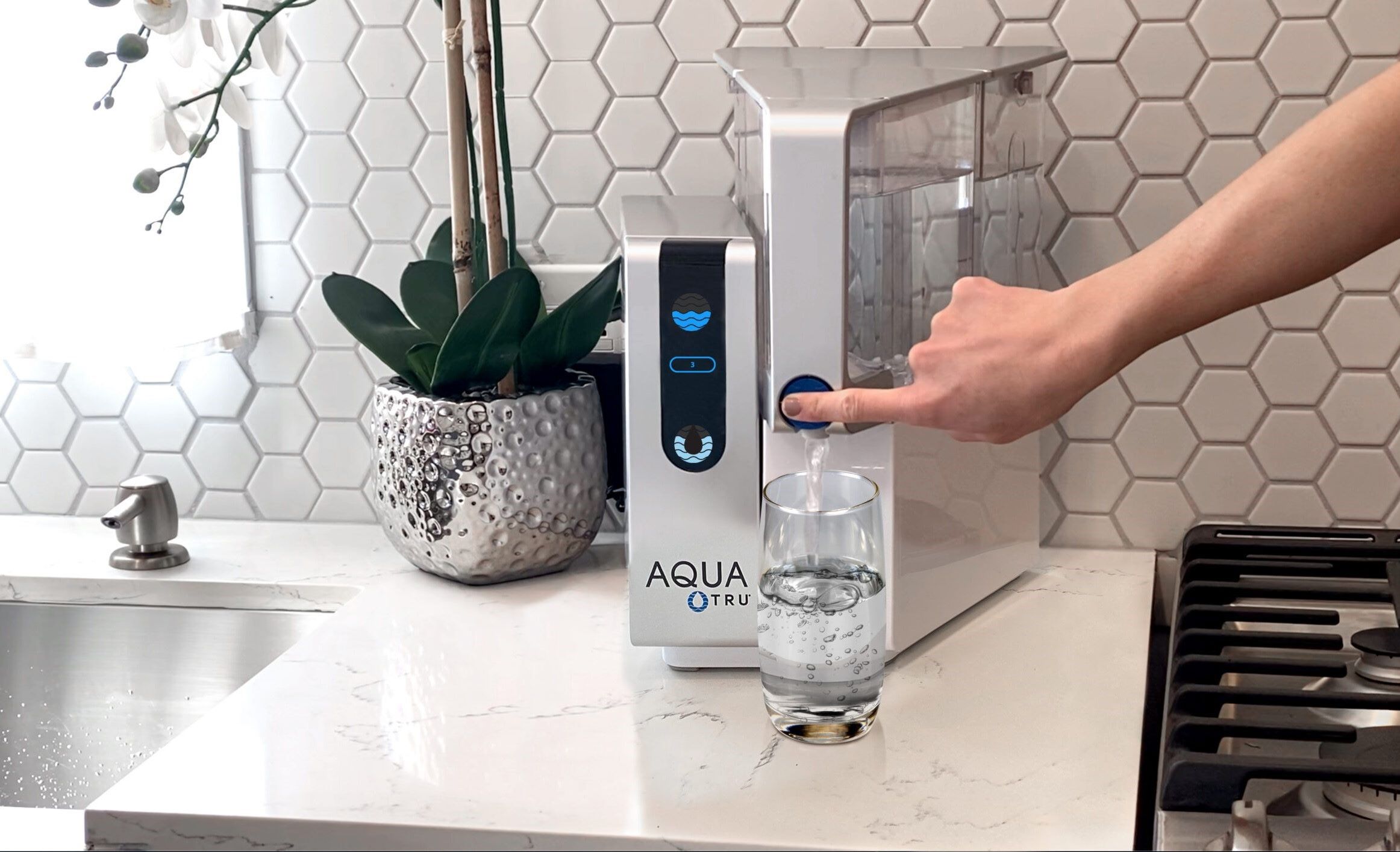

Air Quality & Filtration
What Is A Reverse Osmosis Water Filtration System
Modified: February 18, 2024
Learn about the benefits of a reverse osmosis water filtration system for improving air quality and filtration. Find out how it can enhance your home environment.
(Many of the links in this article redirect to a specific reviewed product. Your purchase of these products through affiliate links helps to generate commission for Storables.com, at no extra cost. Learn more)
Introduction
Introduction
Welcome to the world of reverse osmosis water filtration systems! In today's fast-paced world, ensuring the quality of the water we consume is of paramount importance. With concerns about water contamination and pollutants on the rise, finding a reliable and effective method for purifying water has become a top priority for many households and businesses.
In this comprehensive guide, we will delve into the fascinating realm of reverse osmosis water filtration systems. We will explore the inner workings of these advanced filtration systems, understand their components, and uncover the myriad benefits they offer. Whether you're a homeowner looking to improve the quality of your drinking water or a business owner seeking a dependable water purification solution, this guide is your go-to resource for all things related to reverse osmosis.
So, join us on this enlightening journey as we unravel the mysteries of reverse osmosis and discover how this innovative technology is revolutionizing the way we access clean, pure drinking water. Let's dive in and quench our thirst for knowledge about reverse osmosis water filtration systems!
Key Takeaways:
- Reverse osmosis water filtration systems use advanced technology to purify water, removing impurities and delivering exceptionally pure, clean drinking water for homes and businesses.
- Regular maintenance is crucial for sustaining the efficiency and longevity of reverse osmosis systems, ensuring continued access to high-quality, contaminant-free water for diverse applications.
Understanding Reverse Osmosis
Before delving into the intricacies of reverse osmosis water filtration systems, it’s essential to grasp the fundamental principles behind this cutting-edge technology. At its core, reverse osmosis is a process that harnesses the natural phenomenon of osmosis, albeit in a reversed manner, to purify water and remove impurities.
Osmosis, a biological and chemical process ubiquitous in nature, involves the movement of solvent molecules, such as water, through a semipermeable membrane from a region of lower solute concentration to a region of higher solute concentration. This natural tendency of solvent molecules to move across a concentration gradient is the driving force behind the movement of water in living organisms and plays a pivotal role in various biological processes.
Reverse osmosis, on the other hand, reverses this natural flow of water by applying external pressure to the more concentrated side of the membrane. This pressure exceeds the osmotic pressure, causing the solvent molecules to move from the concentrated solution to the dilute solution, effectively separating the pure solvent from the dissolved solutes and contaminants. The result is exceptionally pure water on one side of the membrane and concentrated impurities on the other.
By comprehending the concept of reverse osmosis, we gain insight into its remarkable ability to produce high-quality, contaminant-free water. This understanding forms the foundation for appreciating the transformative impact of reverse osmosis water filtration systems on water purification and quality enhancement.
Now that we’ve laid the groundwork for understanding reverse osmosis, let’s delve deeper into the components that constitute a reverse osmosis water filtration system and unravel the inner workings of this innovative technology.
Components of a Reverse Osmosis Water Filtration System
A reverse osmosis water filtration system comprises several essential components, each playing a crucial role in the purification process. Understanding these components is vital for gaining insight into how these systems function and deliver exceptional water quality.
1. Pre-Filtration System: The process begins with a pre-filtration stage, where the water passes through sediment and carbon filters. These filters effectively remove sediment, chlorine, and other larger particles, safeguarding the reverse osmosis membrane from potential damage and enhancing its longevity.
2. Reverse Osmosis Membrane: At the heart of the system lies the reverse osmosis membrane, a semipermeable barrier that allows water molecules to pass through while blocking dissolved impurities such as salts, heavy metals, and microorganisms. This critical component is responsible for the high degree of purification achieved by reverse osmosis systems.
3. Post-Filtration System: Following the reverse osmosis process, the water undergoes post-filtration through activated carbon filters. This stage further polishes the water, removing any residual tastes, odors, or remaining impurities, ensuring the water is pristine and refreshing.
4. Storage Tank: The purified water is stored in a dedicated pressurized storage tank, ready for on-demand use. This ensures a readily available supply of clean water, making it convenient for household and commercial applications.
5. Delivery Faucet: An elegant and functional faucet is installed at the point of use, allowing easy access to the purified water. Whether it’s for drinking, cooking, or other purposes, the delivery faucet provides instant access to high-quality water.
6. Automatic Shut-Off Valve: To conserve water and maintain system efficiency, an automatic shut-off valve is incorporated. This valve stops the water flow once the storage tank reaches its capacity, preventing wastage and optimizing the system’s performance.
Understanding the role of each component in a reverse osmosis water filtration system provides a comprehensive view of the technology’s inner workings. With this knowledge in hand, let’s explore the next segment to unravel the fascinating process of how reverse osmosis works to deliver exceptional water purification.
How Reverse Osmosis Works
Reverse osmosis is a highly effective water purification process that operates on the principles of osmosis, albeit in a reversed manner. This innovative technology harnesses the natural tendency of solvent molecules to move from an area of higher solute concentration to an area of lower solute concentration, delivering remarkably pure water free from contaminants. Let’s delve into the step-by-step process of how reverse osmosis works its magic:
1. Pre-Filtration: The water enters the reverse osmosis system and undergoes pre-filtration, passing through sediment and carbon filters. These filters remove sediment, chlorine, and other larger particles, ensuring the water is free from any potential sources of damage to the reverse osmosis membrane.
2. Reverse Osmosis Membrane: The pre-filtered water then encounters the reverse osmosis membrane, a semipermeable barrier with incredibly tiny pores. Under the application of pressure, the water molecules are forced through the membrane, while dissolved impurities such as salts, heavy metals, and contaminants are left behind, unable to pass through the membrane.
3. Post-Filtration: Following the reverse osmosis process, the purified water undergoes post-filtration through activated carbon filters. This stage further refines the water, removing any remaining tastes, odors, or residual impurities, resulting in exceptionally clean and refreshing water.
4. Storage and Delivery: The purified water is then stored in a dedicated pressurized storage tank, waiting to be accessed at the point of use. An automatic shut-off valve conserves water by halting the filtration process once the storage tank reaches its capacity, ensuring efficient operation and preventing wastage.
5. On-Demand Access: When the purified water is required, a delivery faucet provides instant access, allowing for convenient use in drinking, cooking, and various other applications. This on-demand access to high-quality water is a hallmark of reverse osmosis systems, catering to the diverse water needs of households and businesses.
By comprehending the intricate process of reverse osmosis, from pre-filtration to post-filtration and on-demand delivery, we gain a profound appreciation for the technology’s ability to produce pure, contaminant-free water. The next segment will illuminate the myriad benefits of incorporating reverse osmosis water filtration systems into residential and commercial settings.
Tip: When choosing a reverse osmosis water filtration system, look for one with multiple stages of filtration to remove contaminants like lead, chlorine, and bacteria, providing you with clean and safe drinking water.
Benefits of Reverse Osmosis Water Filtration
Reverse osmosis water filtration systems offer an array of compelling benefits that make them a popular choice for households and businesses seeking high-quality, contaminant-free water. Let’s explore the remarkable advantages that these innovative systems bring to the table:
1. Exceptional Purity: Reverse osmosis systems are renowned for their ability to deliver exceptionally pure water, free from a wide range of impurities including dissolved solids, heavy metals, microorganisms, and various contaminants. The advanced filtration process ensures that the water emerging from the system is of the highest quality, meeting stringent purity standards.
2. Improved Taste and Odor: By effectively removing dissolved solids and residual impurities, reverse osmosis enhances the taste and odor of water, providing a refreshing and clean drinking experience. The absence of unpleasant tastes and odors commonly associated with tap water contributes to an elevated drinking and culinary experience.
3. Health and Well-Being: Access to pure, contaminant-free water is paramount for maintaining optimal health and well-being. Reverse osmosis systems provide a reliable source of high-quality water, free from potential contaminants that may pose health risks, ensuring peace of mind for individuals and families.
4. Eco-Friendly Solution: With its automatic shut-off valve that conserves water and efficient purification process, reverse osmosis is an eco-friendly water filtration solution. By minimizing water wastage and optimizing resource utilization, these systems contribute to environmental sustainability.
5. Versatile Applications: From drinking and cooking to various household and commercial uses, reverse osmosis water is versatile and adaptable to diverse applications. Whether it’s for preparing beverages, filling pet water bowls, or supporting industrial processes, the purity and reliability of reverse osmosis water make it an invaluable resource.
6. Cost-Effective and Convenient: While initially investing in a reverse osmosis system may require a modest outlay, the long-term cost savings and convenience it offers are substantial. Reduced reliance on bottled water, minimized maintenance costs, and the convenience of on-demand access to pure water make reverse osmosis a cost-effective and practical choice.
By embracing the benefits of reverse osmosis water filtration, individuals and businesses can elevate their water quality, promote health and sustainability, and enjoy the peace of mind that comes with a reliable and efficient water purification solution. As we continue our exploration, the next segment will shed light on the maintenance and upkeep of reverse osmosis systems, ensuring their sustained performance and longevity.
Maintenance and Upkeep of Reverse Osmosis Systems
Ensuring the optimal performance and longevity of a reverse osmosis water filtration system necessitates regular maintenance and diligent upkeep. By adhering to a structured maintenance regimen, users can preserve the system’s efficiency, safeguard water quality, and extend the lifespan of its components. Let’s delve into the essential aspects of maintaining and caring for reverse osmosis systems:
1. Replace Pre-Filters and Post-Filters: The pre-filters and post-filters in a reverse osmosis system play a pivotal role in removing sediment, chlorine, and residual impurities. Regularly replacing these filters as per the manufacturer’s recommendations is crucial to maintain optimal filtration performance and prevent contaminants from compromising the reverse osmosis membrane.
2. Monitor and Replace the Reverse Osmosis Membrane: The reverse osmosis membrane is a critical component that requires periodic inspection and eventual replacement. Over time, the membrane may become fouled or degraded, impacting its effectiveness. Monitoring its condition and adhering to the prescribed replacement schedule is essential for sustaining water purity.
3. Clean and Sanitize the System: Periodic cleaning and sanitization of the reverse osmosis system, including the storage tank and delivery faucet, help prevent the buildup of biofilm, bacteria, and impurities. Following manufacturer guidelines for system cleaning and sterilization is imperative to uphold water quality and system hygiene.
4. Inspect for Leaks and Malfunctions: Regularly inspecting the system for leaks, malfunctions, or irregularities is essential for identifying and addressing potential issues promptly. Timely intervention can prevent minor problems from escalating and ensure the system operates at peak efficiency.
5. Check Pressure and Performance: Monitoring the system’s pressure and performance parameters provides valuable insights into its operational status. Ensuring that the system maintains optimal pressure levels and consistently delivers high-quality water is integral to its sustained functionality.
6. Professional Servicing and Evaluation: Periodic professional servicing and evaluation by qualified technicians can provide a comprehensive assessment of the system’s condition. Professional maintenance helps identify any underlying issues, optimize system performance, and address maintenance requirements beyond routine user upkeep.
By prioritizing the maintenance and care of reverse osmosis systems, users can uphold water quality, prolong the system’s lifespan, and maximize its efficiency. This proactive approach not only safeguards the purity of the water but also ensures a reliable and consistent supply of high-quality water for diverse applications.
As we conclude our exploration of reverse osmosis systems, it’s evident that these innovative water filtration solutions offer unparalleled benefits and reliability, making them a cornerstone of modern water purification technology.
Conclusion
Our journey through the realm of reverse osmosis water filtration systems has provided a profound understanding of the technology’s inner workings, benefits, and maintenance essentials. From unraveling the principles of reverse osmosis to exploring the components of these innovative systems, we’ve gained valuable insights into the transformative impact of this advanced water purification technology.
Reverse osmosis, with its ability to deliver exceptionally pure water by harnessing the principles of osmosis in a reversed manner, stands as a beacon of innovation in the realm of water filtration. The comprehensive pre-filtration, reverse osmosis membrane, post-filtration, and storage components collectively contribute to the unparalleled purity and reliability that define reverse osmosis systems.
The benefits of reverse osmosis water filtration are far-reaching, encompassing exceptional water purity, improved taste and odor, health and well-being, eco-friendliness, versatile applications, and cost-effectiveness. These advantages position reverse osmosis as a compelling choice for households and businesses seeking a dependable source of high-quality, contaminant-free water.
Furthermore, the diligent maintenance and upkeep of reverse osmosis systems play a pivotal role in preserving water quality, sustaining system performance, and extending the lifespan of its components. By adhering to a structured maintenance regimen, users can ensure that their reverse osmosis systems continue to deliver optimal purity and reliability over the long term.
As we conclude our exploration, it’s evident that reverse osmosis water filtration systems stand as a testament to human ingenuity, addressing the fundamental need for clean, pure water in a world where water quality is increasingly vital. Whether it’s for drinking, cooking, or a myriad of other applications, reverse osmosis systems offer a steadfast solution that elevates water quality and promotes health and well-being.
So, as we bid adieu to this enlightening journey through the realm of reverse osmosis, let’s carry forward our newfound knowledge and appreciation for this remarkable technology, embracing its benefits and recognizing its pivotal role in enhancing the quality of our most essential resource: water.
Frequently Asked Questions about What Is A Reverse Osmosis Water Filtration System
Was this page helpful?
At Storables.com, we guarantee accurate and reliable information. Our content, validated by Expert Board Contributors, is crafted following stringent Editorial Policies. We're committed to providing you with well-researched, expert-backed insights for all your informational needs.
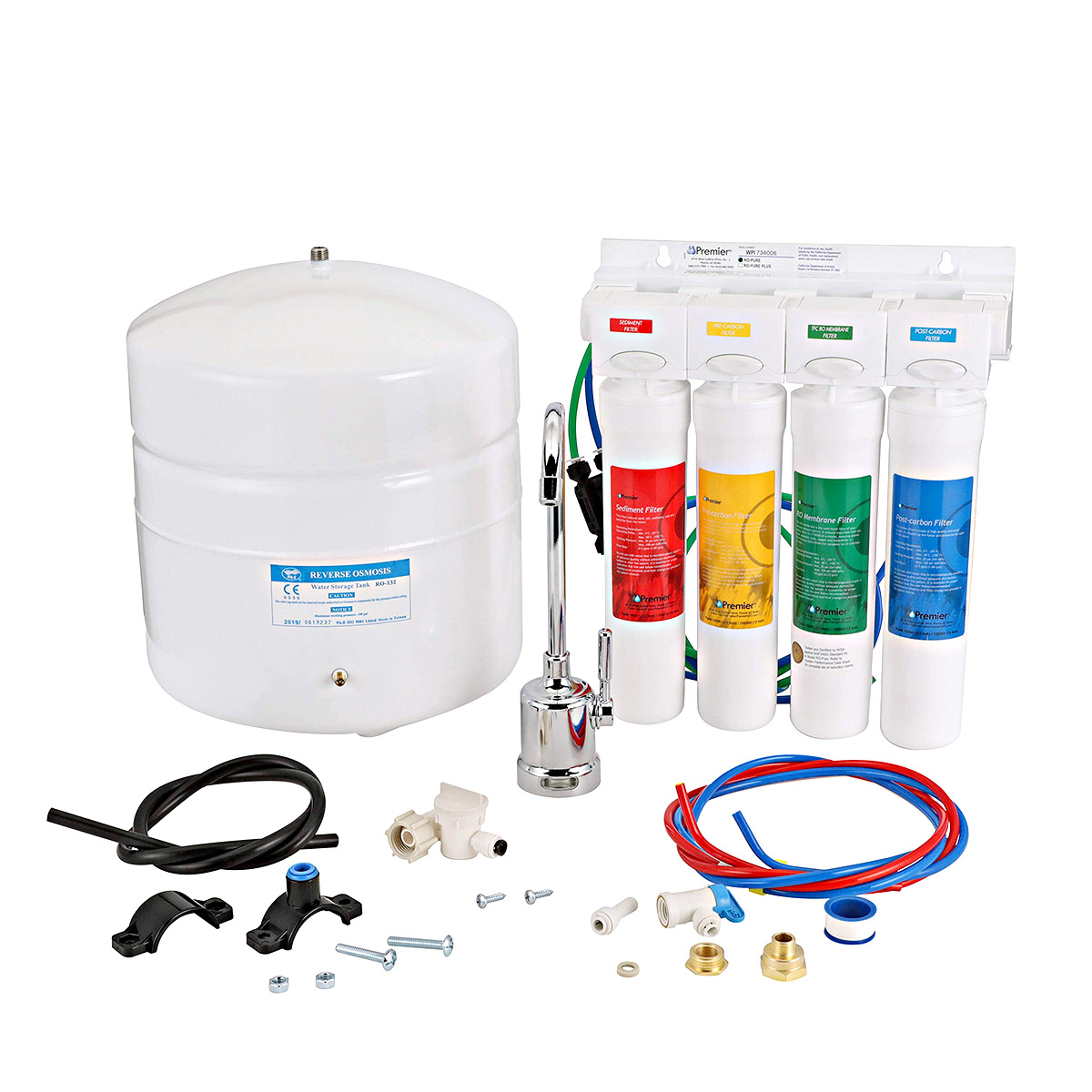
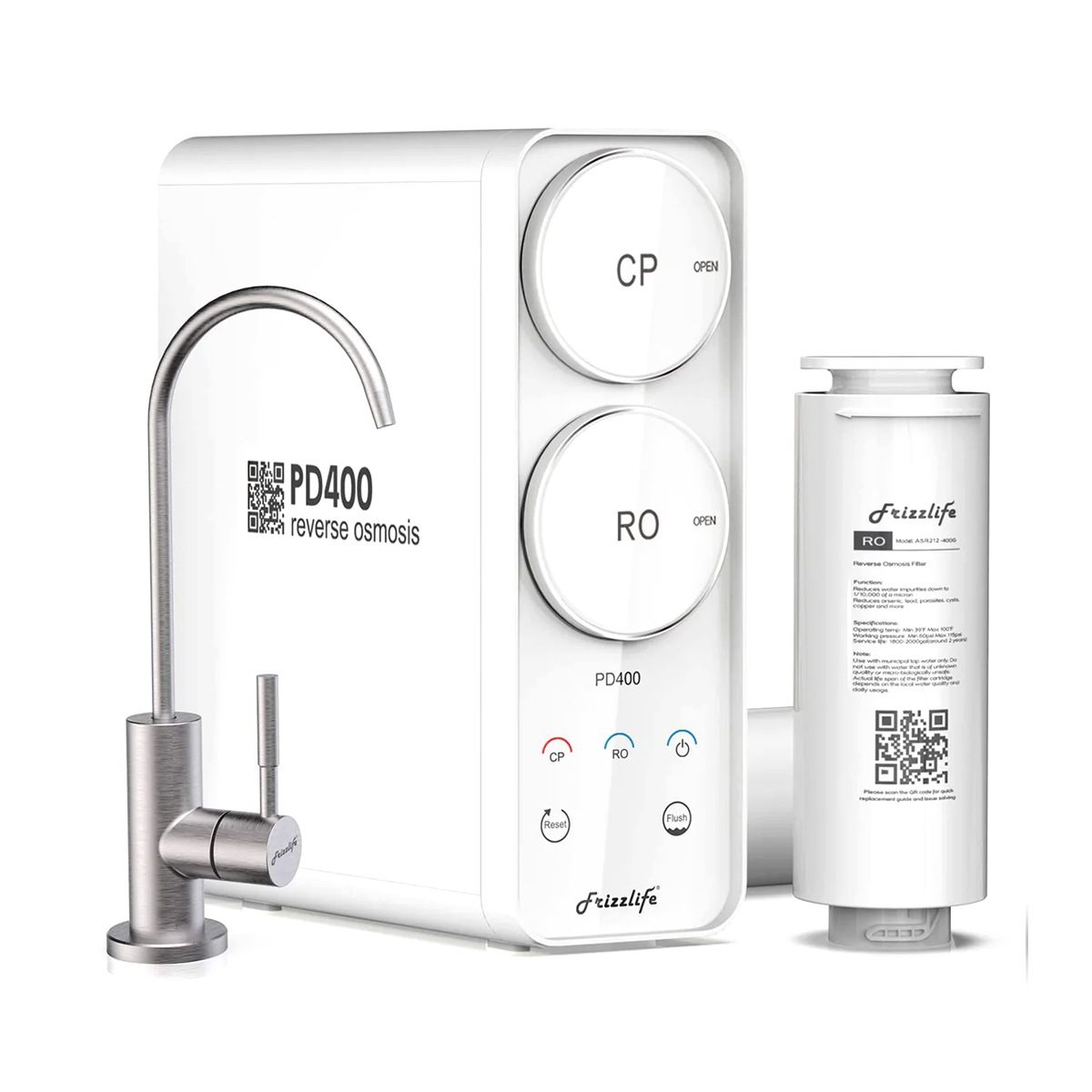
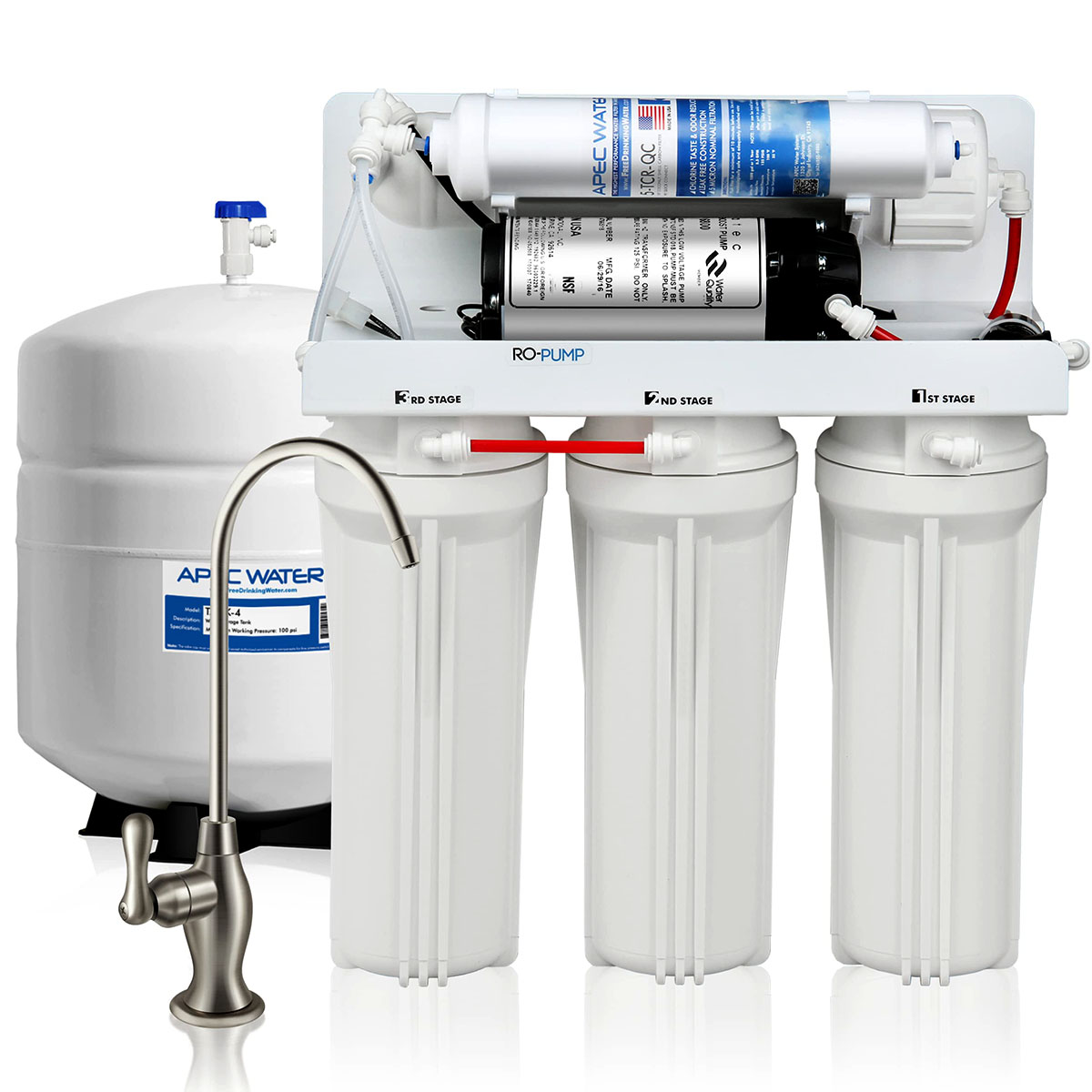
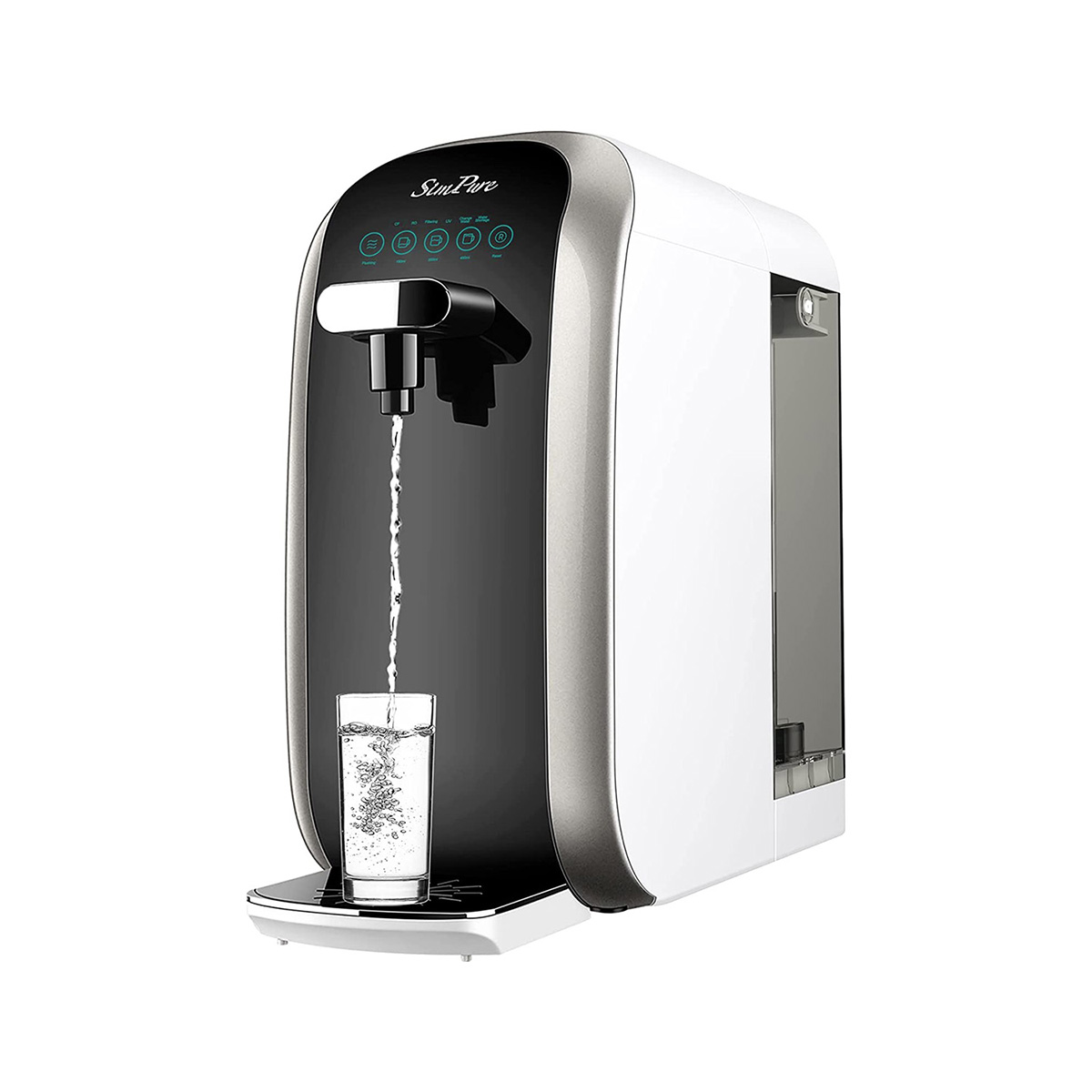
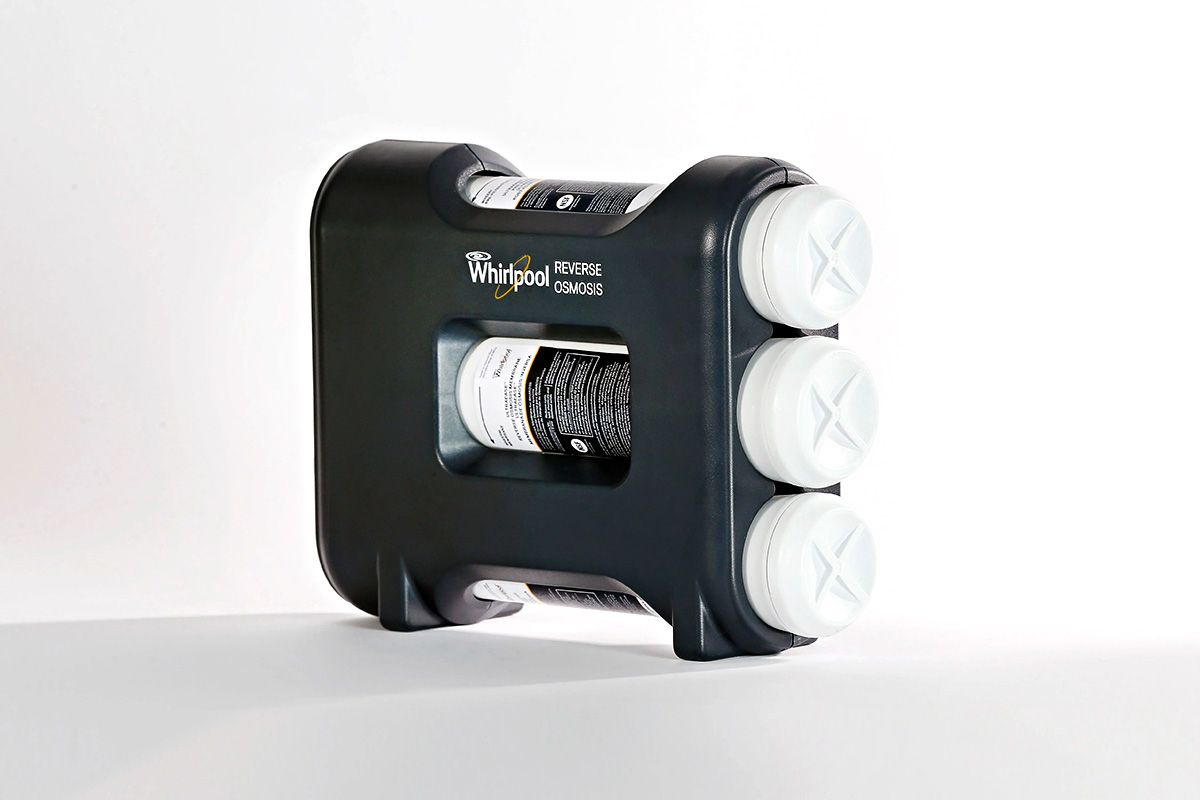
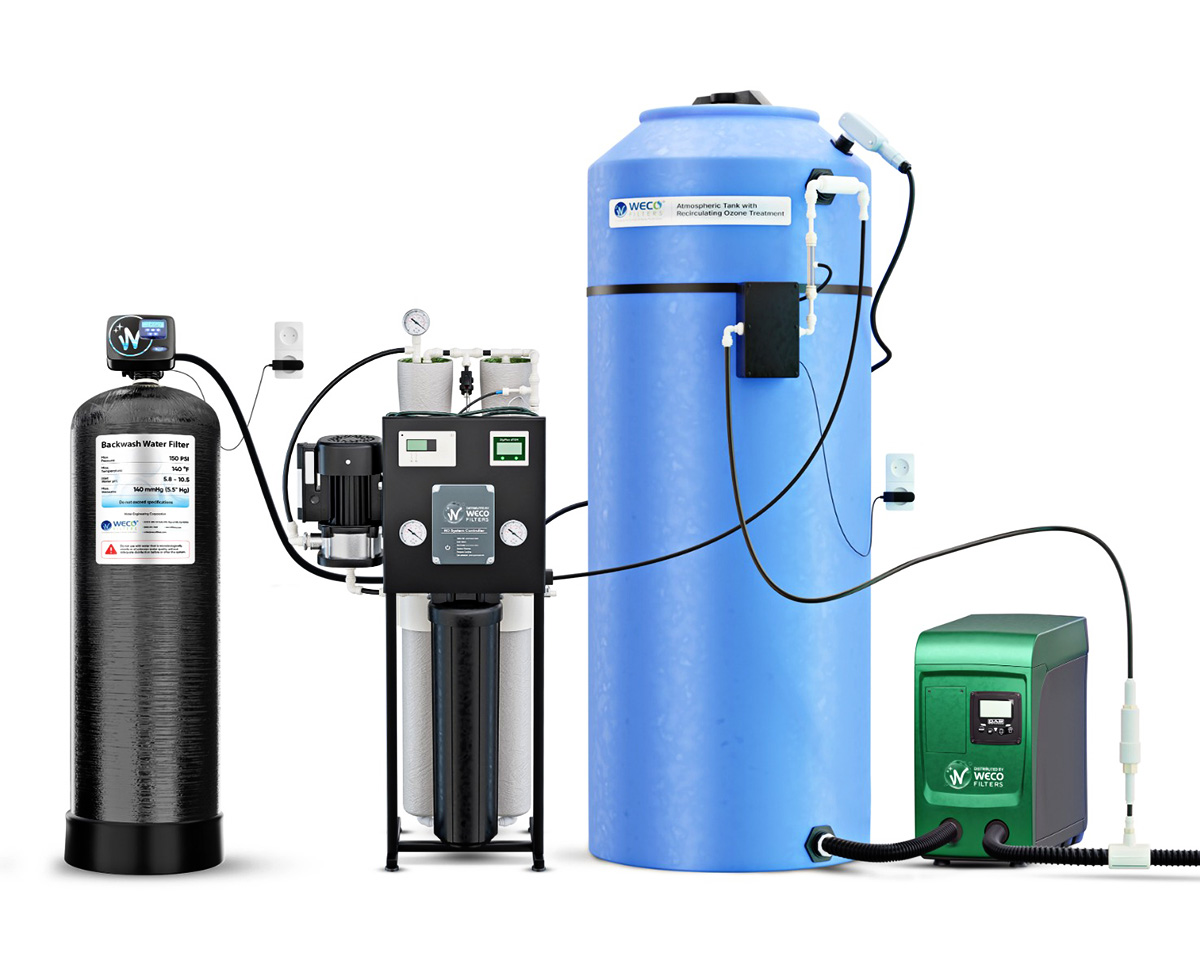
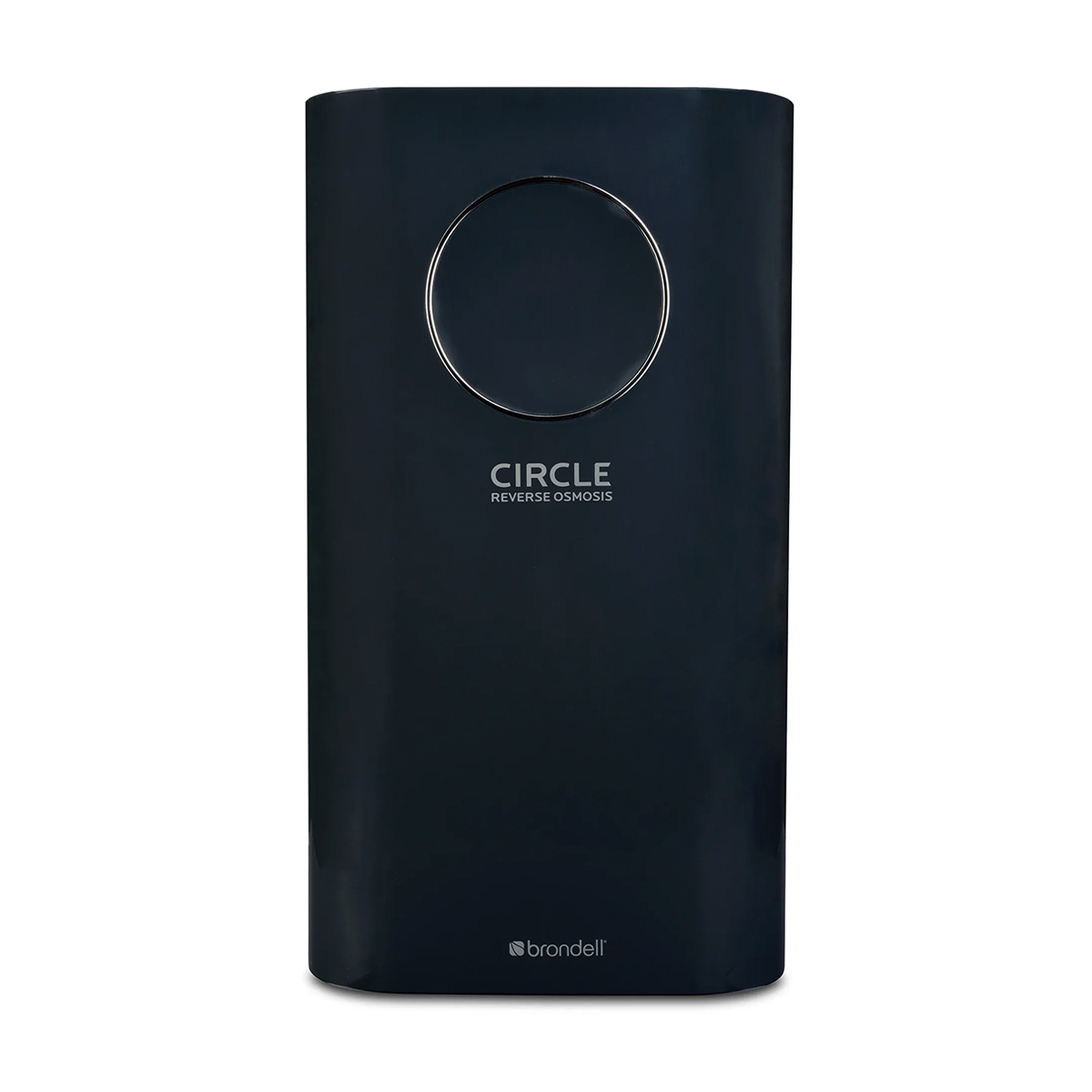
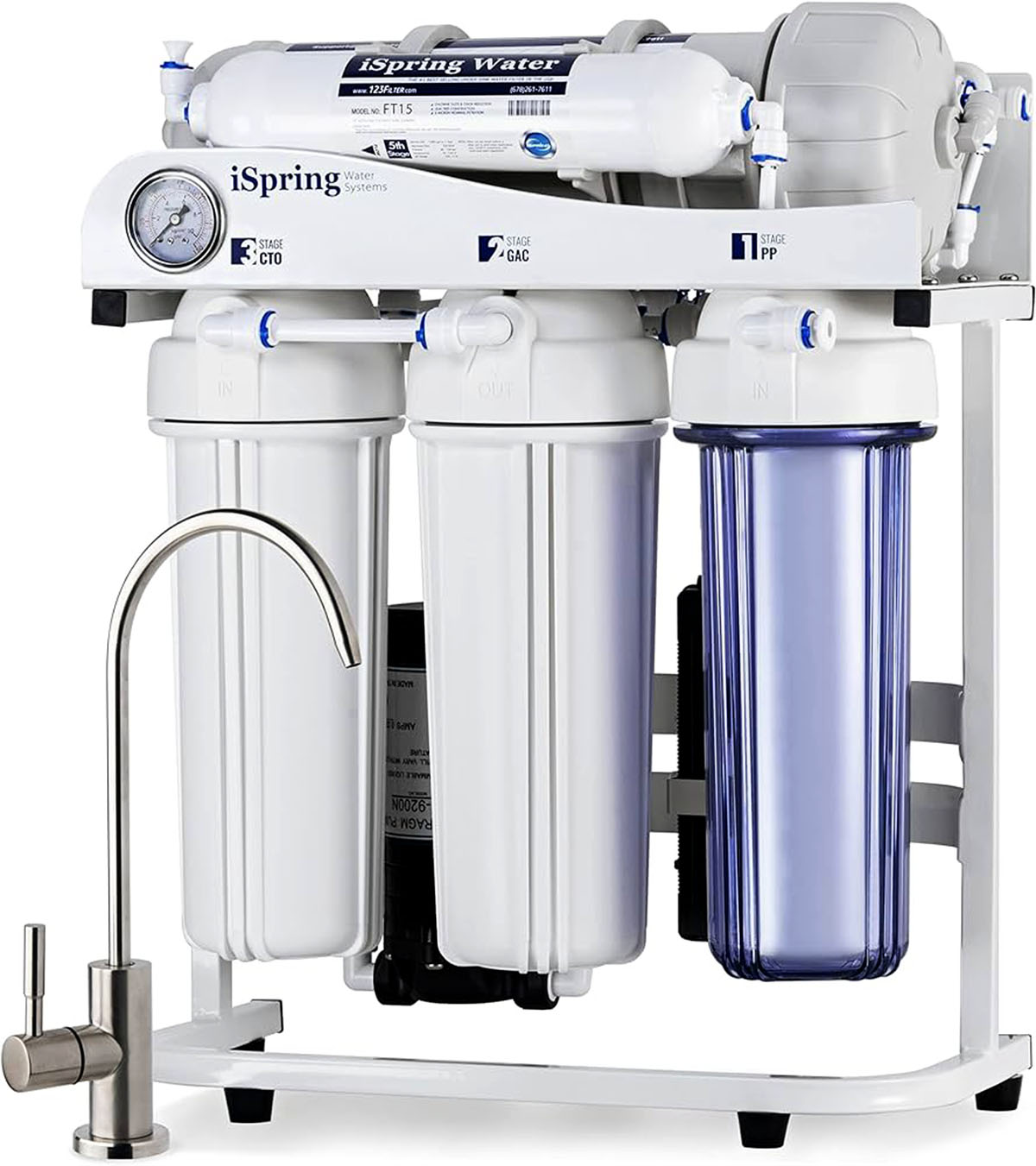
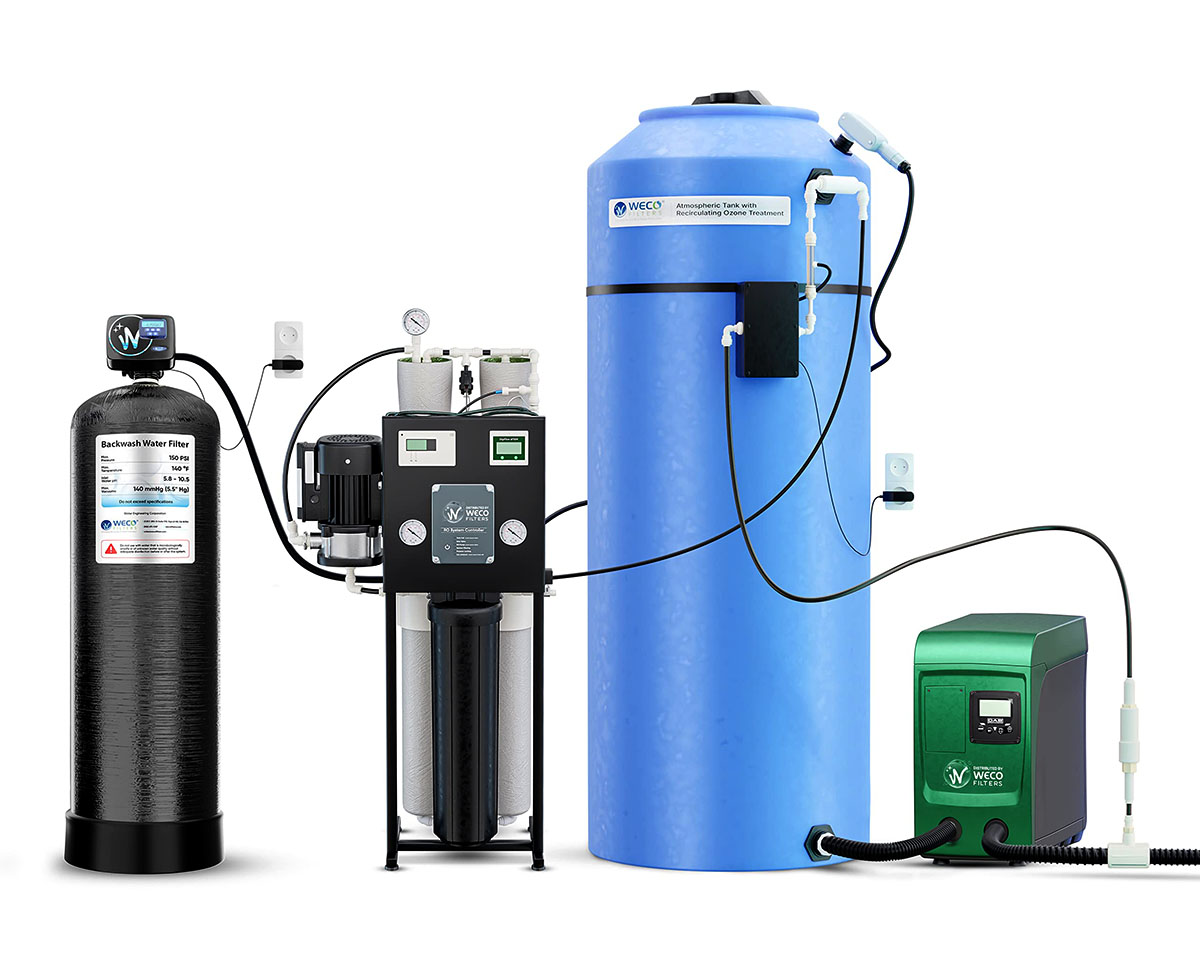
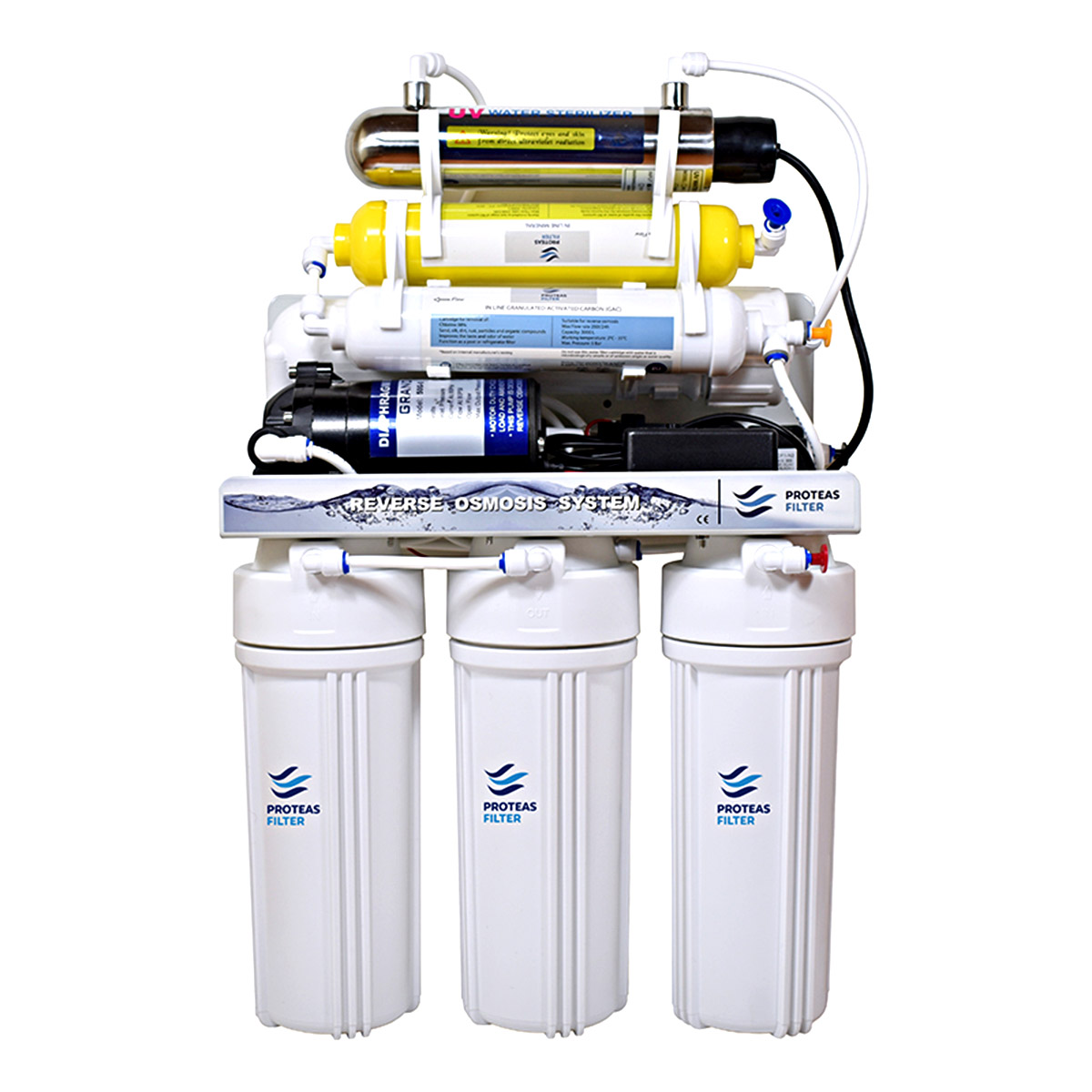

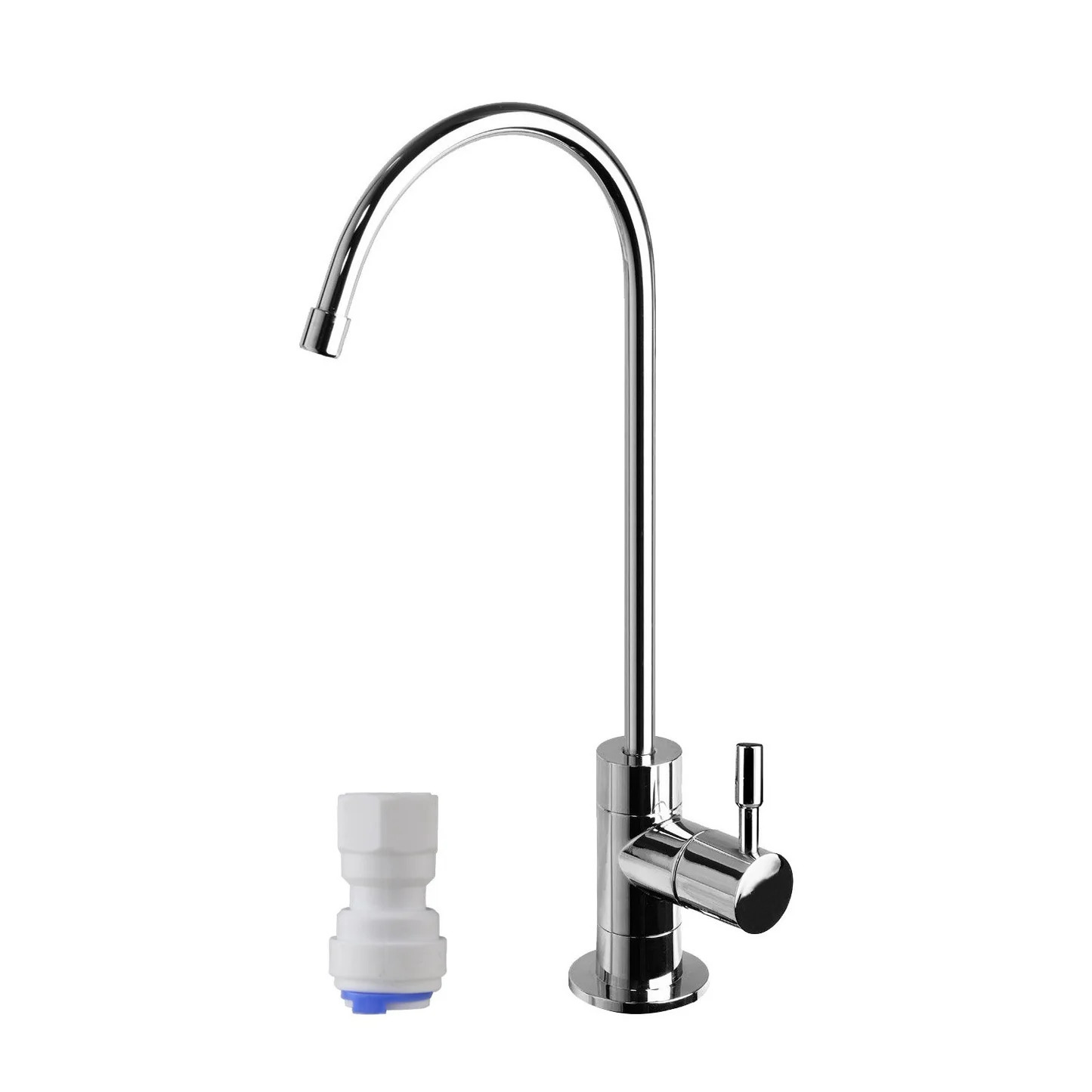
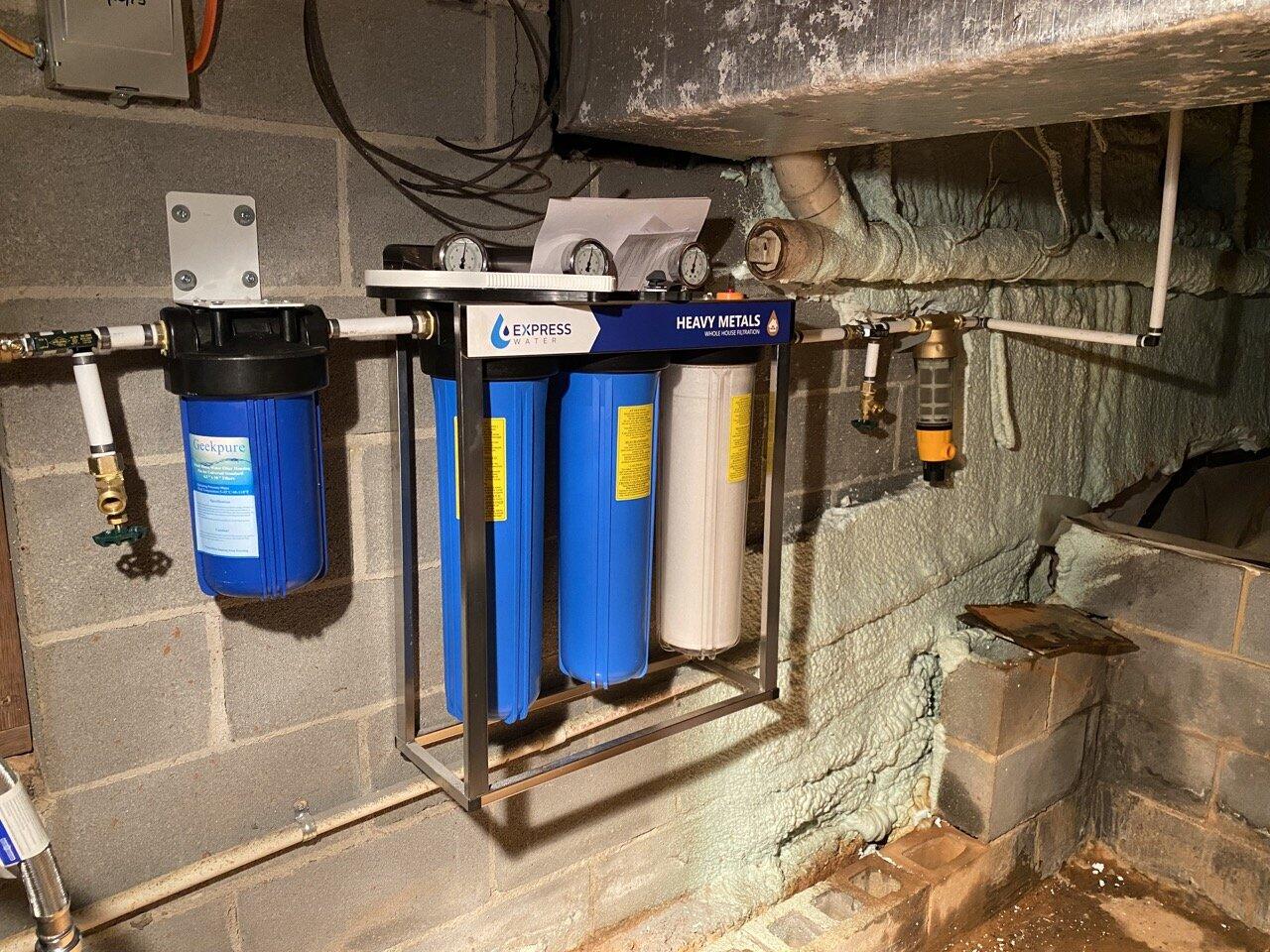
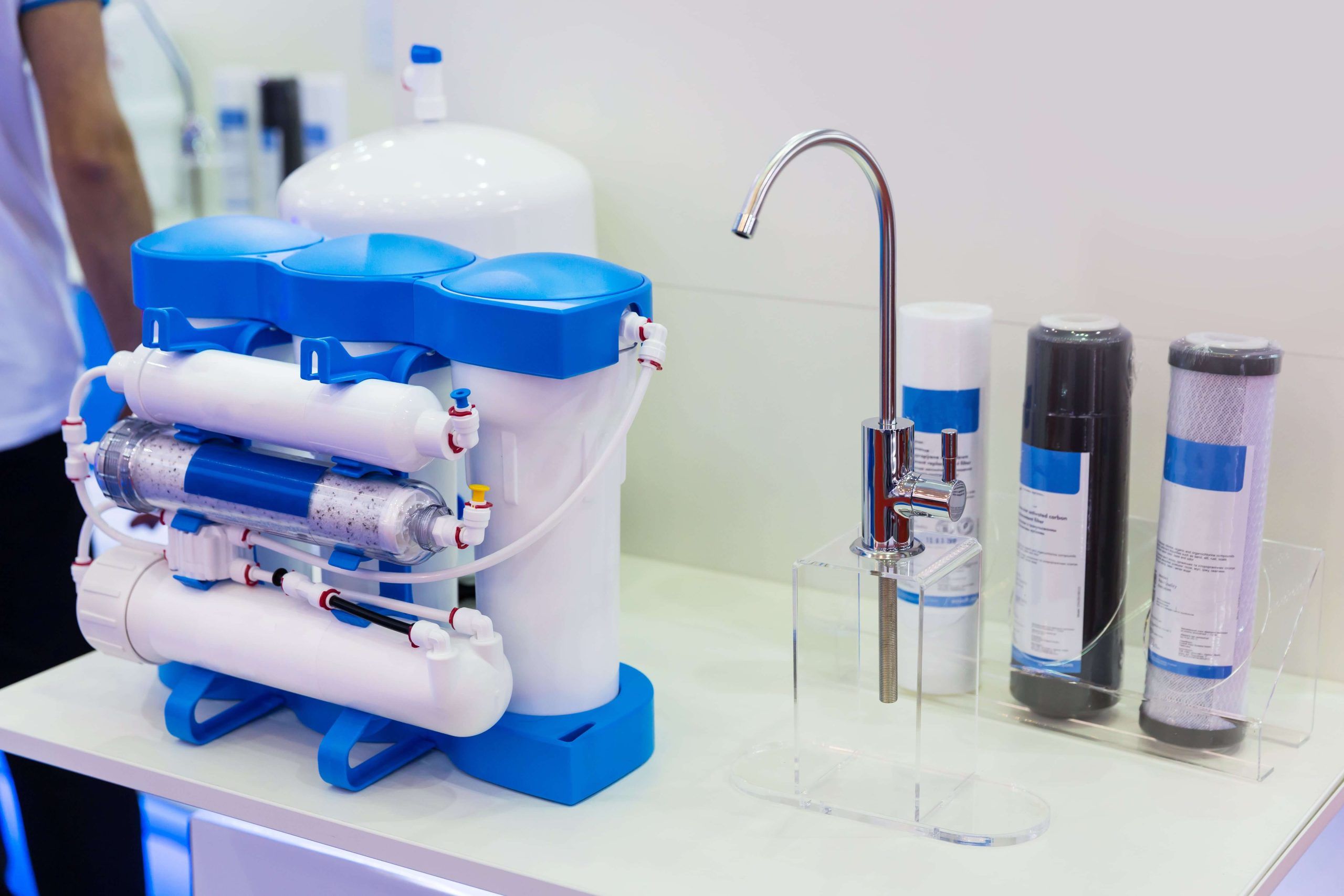

0 thoughts on “What Is A Reverse Osmosis Water Filtration System”